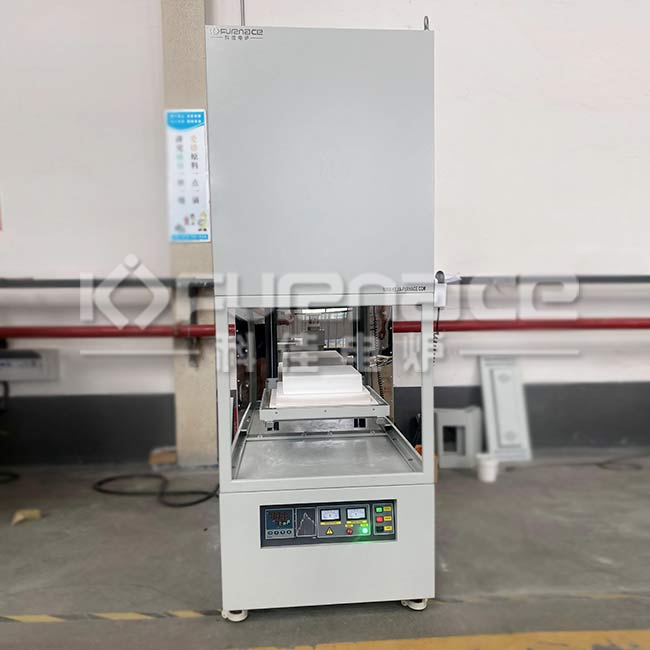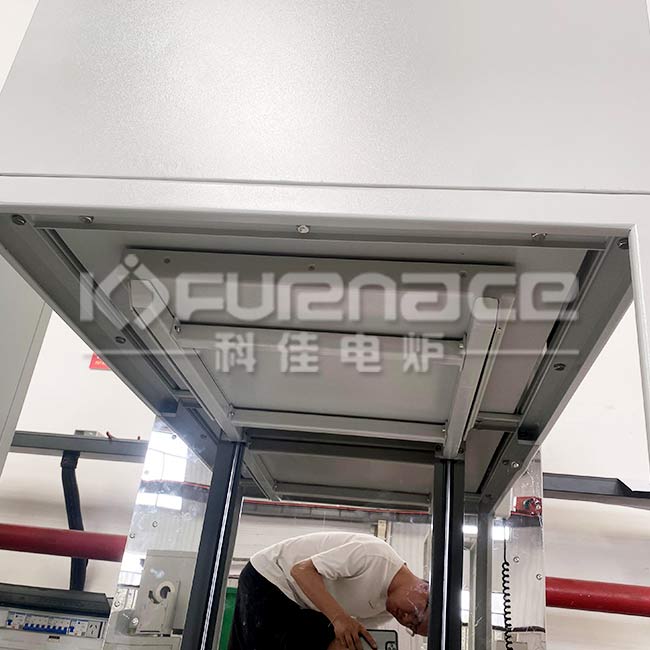How is a lift furnace designed?
The lifting furnace is a piece of equipment mainly used for smelting metals, usually used to produce steel, copper, aluminum and other metal materials. The design of a lifting furnace includes many aspects, including furnace structure, furnace type, combustion system, cooling system, etc. This article will introduce in detail the design method of the lifting furnace and some precautions.
The furnace structure is a very important part of the design of the lifting furnace. When designing, it is necessary to take into account the movement of materials in the furnace and the impact of heating and cooling conditions on the furnace body material. For the furnace structure, it is generally recommended to choose refractory materials or high-temperature alloy materials. Refractory material is a material with good high temperature resistance and thermal shock resistance, which can ensure the long-term operation of the furnace body. High-temperature alloy materials can maintain strength at high temperatures and can increase the stability and durability of the furnace.
Furnace type is also a crucial part of the design of the lifting furnace. When designing, the size of the furnace and its impact on combustion and cooling need to be taken into consideration. The furnace type not only involves parameters such as the size, shape and walls of the furnace, but also involves the size of the furnace body, heating methods and cooling methods. Usually, the furnace type is designed based on the physical and chemical properties of the materials in the furnace, which can ensure the uniformity of temperature in the furnace and the fluidity of the materials in the furnace.
In addition to the furnace type and furnace body structure, the design of the lifting furnace also needs to consider the combustion system and cooling system. Combustion systems generally use natural gas, liquefied gas, coal gas, oil and gas and other energy sources because these energy sources do not release harmful gases during the combustion process. The cooling system is to prevent the furnace body from overheating, and generally uses a water cooling system or a perfusion cooling system.
It should be noted that environmental protection and safety issues must be taken into consideration when designing the lifting furnace. Combustion and cooling systems need to be designed with environmental considerations in mind to ensure that excessive exhaust gases and wastewater are not produced. Safety issues require that relevant explosion-proof, fire-proof and other measures be taken into consideration in the design to avoid casualties and property losses caused by accidents in the furnace.
To sum up, the design of the lifting furnace must consider many factors, and every detail needs to be well grasped. Designers need to carry out reasonable planning and design in the early stage to ensure that the lifting furnace can operate reliably and stably while better meeting the needs of the smelting industry.




 E-mail:web@kejiafurnace.com
E-mail:web@kejiafurnace.com
 Tell:+(86) 18037178440
Tell:+(86) 18037178440
 Whatapp:+(86) 180-3717-8440
Whatapp:+(86) 180-3717-8440
 Address:Room 1505, Building 9, No. 26 Dongqing Street, Zhengzhou High-tech Industrial Development Zone
Address:Room 1505, Building 9, No. 26 Dongqing Street, Zhengzhou High-tech Industrial Development Zone
